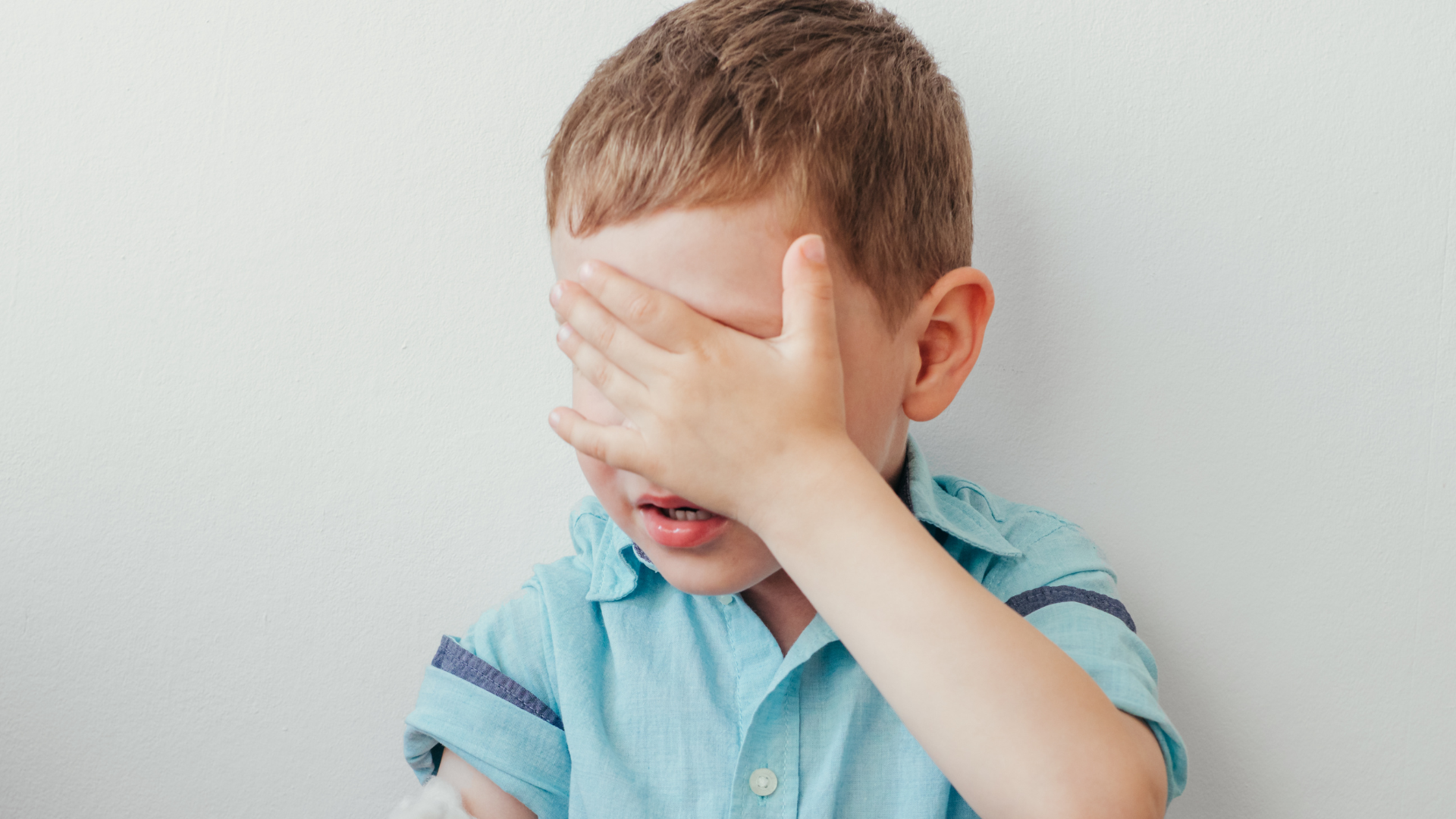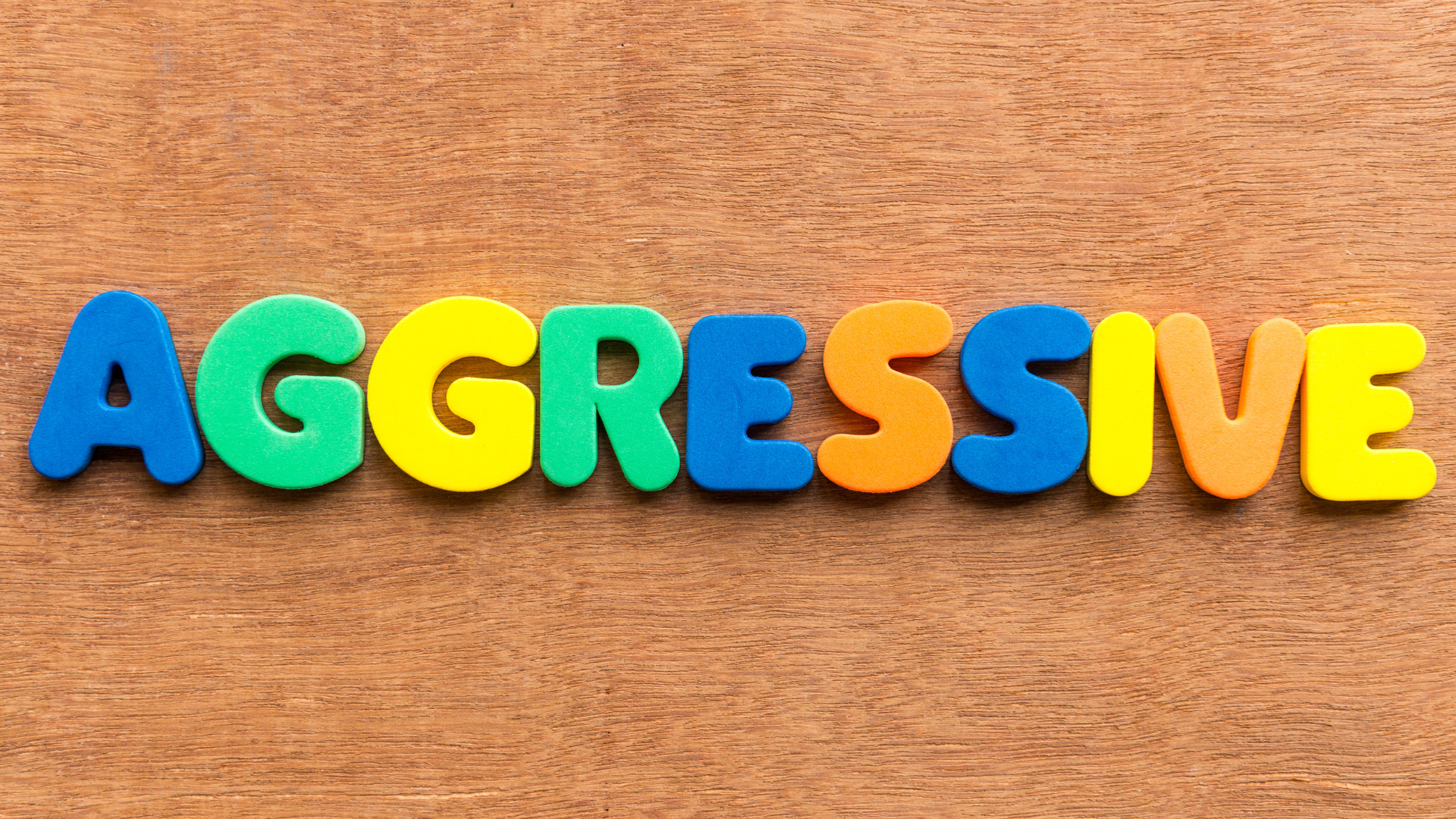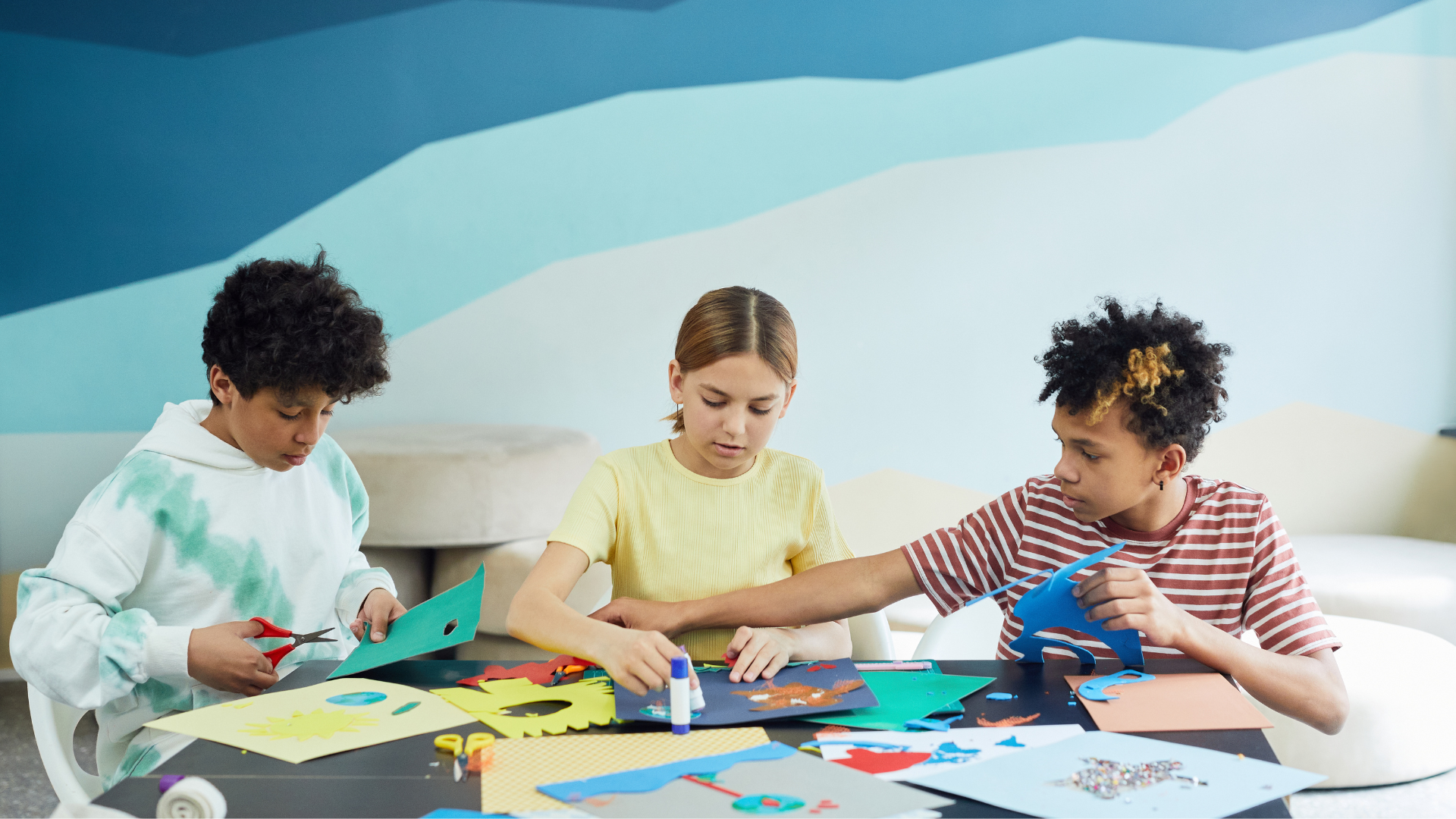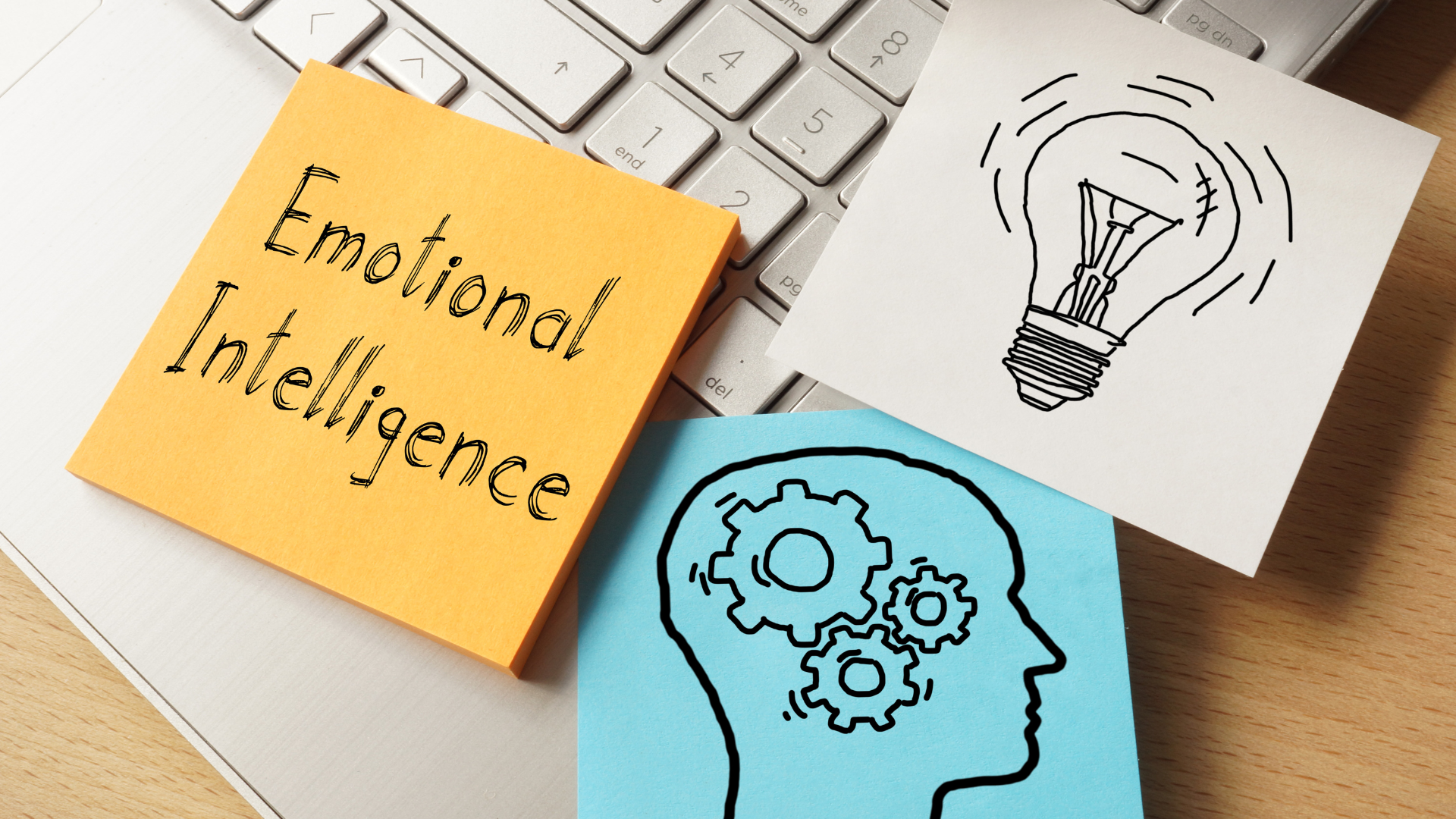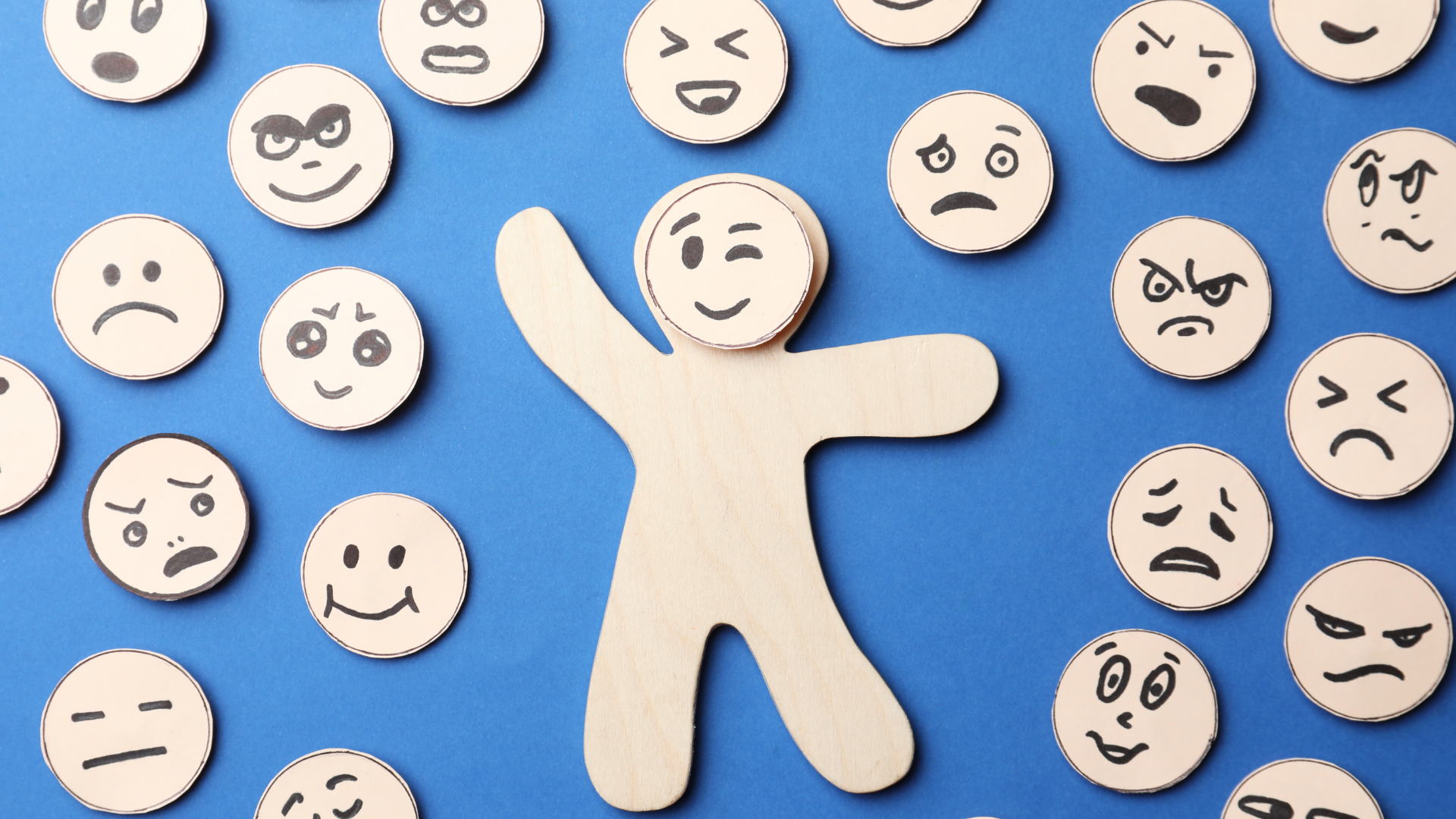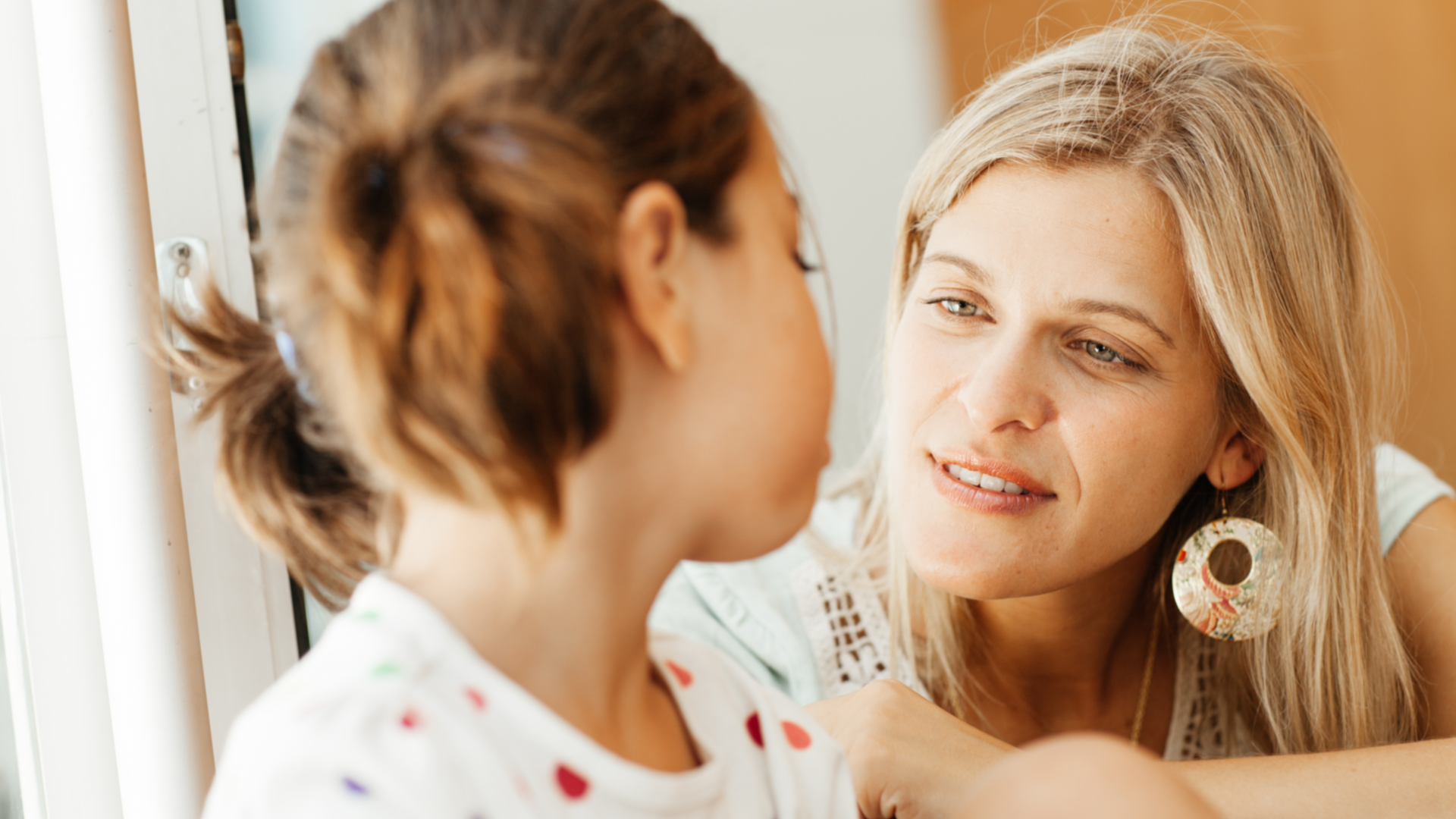The Role of Calm Environment in Managing Childhood Anxiety
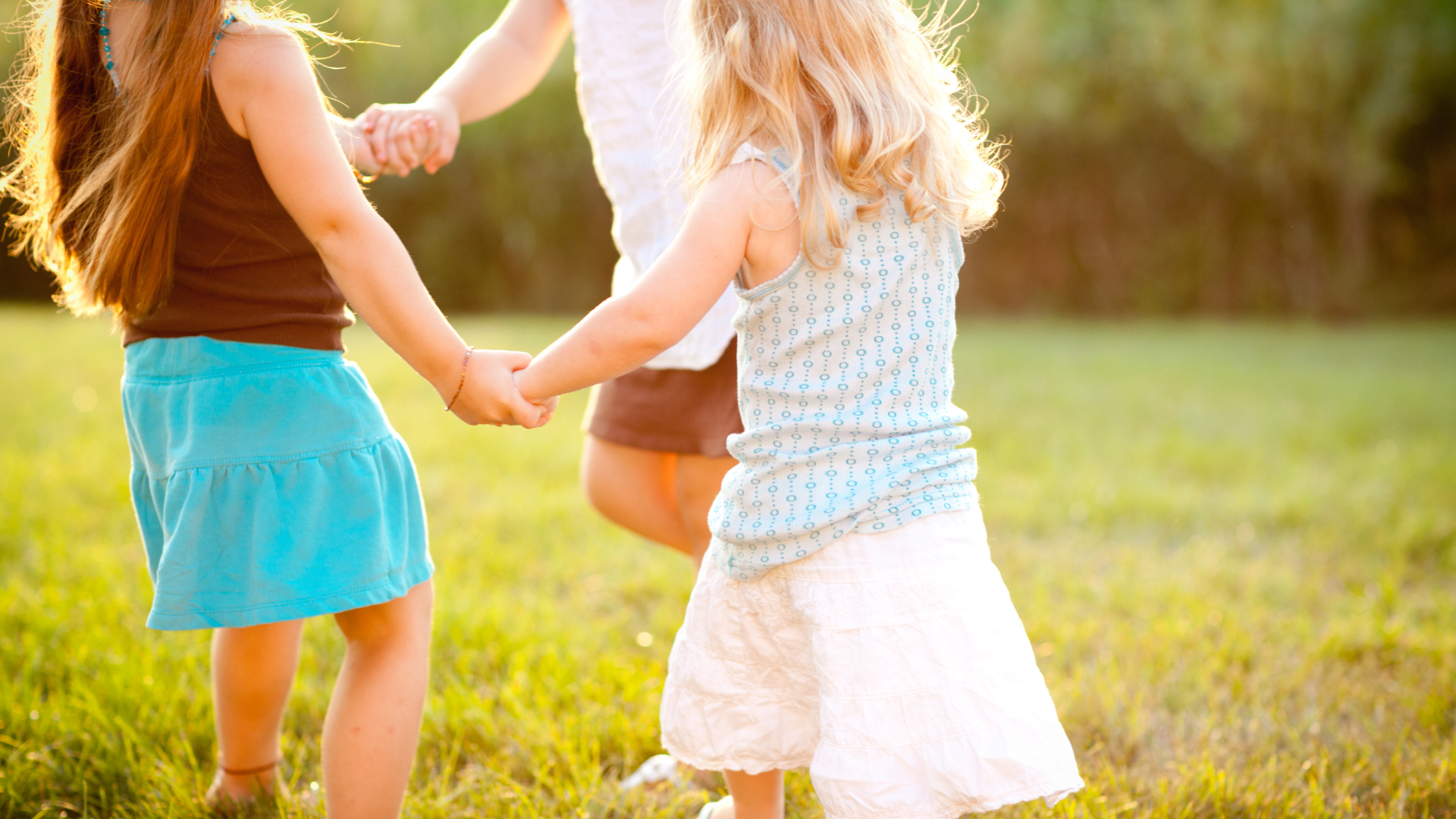
Childhood anxiety is a real theme that affects many households today. This is because parents' busy lives and hectic schedules can easily trickle down to children. Children also have access to social media and technology. On one hand, it can be a powerful tool; on the other, it can be disruptive.
Creating an environment that is free of these triggers and feelings is important for children. But where does one start? Well, by understanding childhood anxiety.
What Is Childhood Anxiety?
Anxiety in children can look both similar and different in children. They may display behaviors that are erratic and have difficulty concentrating. Or a child may start to shut down and self-isolate. Some of these patterns are developed and learned from adults, while others are reactionary.
Childhood anxiety can stem from many different factors. It may be their environment at home or school. Because children don’t have fully developed brains, adults have to help manage these emotions for them. Starting with their environment is key.
Why is a Calm Environment Important?
A child’s environment likely is one of the factors that causes anxiety in the first place. Adults don’t always have control over every environment their child is in. But helping create a safe space at home can be very impactful.
There are a lot of different ways to do this. These are general ideas that can be applied in a more concentrated version that is specific and unique to your child.
Minimizes Stress
Minimizing stress between adults, which a child can observe, is great. But even if adults aren’t causing stress, other things may cause nerves or anxiety in a child. When children feel like they have to impress or perform for approval, this can cause anxiety.
It is helpful to avoid achievement appraisal or create an environment where achievement can be put aside. This applies to sports, academics, or any extracurricular activities. Asking your child if they know what their stressors are can be a helpful and direct way of trying to solve part of the issue.
Promotes Overall Relaxation
Providing a calm environment that is free of stressors promotes ultimate relaxation. This can alleviate any physical symptoms or emotional symptoms that cause a child to feel wound up. When children are relaxed, they can ultimately feel free to be themselves without stress or worry.
Creates Routine and Safety
When the environment feels like a safe space, the body registers that. This creates a routine feeling and response to coming into this environment. Our bodies have internal clocks and signals.
Routines can offer children the idea that they know what to expect. The element of surprise can sometimes cause anxiousness or nerves. This is why
organization and planning involving children can also positively impact their day to day.
How To Create A Calming Environment
Knowing that there is a huge benefit to creating a conducive environment for your child to help manage their anxiety is one thing. It’s important to figure out the how part. This could mean addressing more specific anxieties or even general hardships. Start with these tips.
Offer a Clean Space
Even if a child doesn’t necessarily exude cleanliness, a clean space is important. A dirty environment can cause inadvertent anxiety in a child. This is especially true for kids who have OCD behaviors. Without a clean environment, eventually, the child will notice they are dirty and may not feel safe in their space.
Something parents may mistake is clean versus sterile. Children’s play areas are meant to be played in. This means toys can be scattered and cleaned up later. Finding the balance between the two is important.
Minimalism Can Be Effective
A cluttered space can often feel overwhelming, especially for kids who struggle with many choices. Children should have toys without feeling like they don’t know where to put them. Overstimulation can be a cause of anxiety.
Consider toys that stray away from screen time, as video games, phones, and social media can continue to
worsen anxiety. Toys that force children to use their imagination can help with cognitive function.
It’s important to consider giving alone time for children to have self-discovery. Combining this with quality parent time can find an effective balance during play.
All Of Our Favorite Things
A child should be comforted by their environment. We know how it feels to have your favorite stuffed animal or blanket by your side in times of comfort. A child should also have theirs. Consider taking extra steps to make their bedroom more comfortable so they can get a good night’s sleep to ease anxiety symptoms.
This may be painting the room their favorite color or having comfortable furniture and a bed. Pillows and blankets that are comforting, as well as any sound machines that may help a child fall asleep.
One of the more common avenues today is providing a
pillow sleep aid. Weighted pillows and weighted blankets can provide comfort in many different ways.
Keeping Them Involved in the Conversation
Keeping your children a part of the conversation is important for so many reasons. It allows you to get feedback on what’s working and what’s not. It also gives them a sense of control and belonging. When children have anxiety, providing them with some control over the problem can lessen symptoms.
Children and parents can work together to manage anxiety by sharing responsibility for the conversation. Remembering that the environment is sometimes the most important factor.
Share Post
Complete the following form if you require more info about EQ4kids or want to enroll your child at your nearest Franchise.
Blog Enquiry
